About the Author
Patricia A. McLagan has worked at strategic and operational levels during major shifts in NASA and other aerospace organizations, manufacturing organizations, energy, banking, telecommunications, defense industry, cyber-security, and globalizing consumer businesses. She also helped business and government organizations in South Africa as they prepared for the end of Apartheid and realigned themselves to compete globally.
An article Series on Supply Chain Driven Business Transformation
This is the first in a series of articles focused on the transformational role supply chains are playing in business today, and on the human and culture change implications of this role.
Supply chains are often seen as “primarily logistics.” But supply chains are emerging as the fundamental business transformation driver of the 21st Century. They are leading organizations and ecosystems into what the World Economic Forum calls “Industry 4.0,” the age of intelligent machines – and importantly – of generations of people who must be ready to co-evolve with them.
Digitally-enabled supply chains shift what it means to be and operate as an organization. Along with the technologies that support them, they are the long missing structural foundation for the culture changes organizations have long aspired to: agility, resilience, innovation, quick learning and solving problems, fast movement of information with few intermediaries, self- and team autonomous but aligned accountabilities.
Digitization, AI, and the Internet of Things are some of the external breakthrough forces. They make it possible for supply chains to flow outward and horizontally, energized by customer needs. It’s now possible to formally structure businesses around natural customer value flows rather than in vertically oriented pyramids and silos – in the true spirit of “form follows function.” Traditional pyramid and silo structures have been essential for alignment, data management, control, and communication in large enterprises in the past. But in their traditional forms, these coherence mechanisms and the mindsets they rely on, present many performance and cultural obstructions today.
In this article series, I will explain, from my change professional’s experience, research and perspective, why supply chains are the structural powerhouse that can trigger the elusive holy grail of transformation that businesses have been seeking for decades. And I’ll suggest what this new supply chain centrality means for the future of business as well as for supply chain leaders and participants.
The second article in this series provides a quick review of how organizations have evolved their capacities for change since the traditional business enterprise arose in the early 1900’s. While businesses have been making massive technological, process and business model advances, they have also been slowly developing the human and cultural capabilities for bringing these changes to life. There is a great deal more to be done, however, to help the human dimension co-evolve with the accelerating pace of changes in the technical side of the business. Changes in the supply chain are adding accelerant to the urgency of attending to this co-evolution of people with technology (and vice-versa).
In the third article, I take a close look at different types of change and their implications for the human dimension of an enterprise. You’ll see that it’s important to reserve “transformation“ for the deeply fundamental changes that have been trying, for many decades, to happen in businesses. Transformational changes require many realignments, a lot of experimentation, and big shifts in assumptions, world views, and mindsets for everybody involved. In a sense, everyone must be reborn into the new world technology is helping us create.
In a fourth article I look closely at transformation in the supply chain and, through the supply chain, in the overall business and its ecosystem. As the supply chain – the end-to-end value stream becomes the main structural force in and beyond individual enterprises – it takes a new centrality in business models and in the mental models that drive peoples’ aspirations, behaviors and interactions.
Finally, in the fifth article in this series, I address supply chain leaders as change – transformation — agents for the business as a whole – and even into the entire stakeholder ecosystem. If you are a supply chain leader, you may not have asked for it, but, because you are spearheading the most transformative force in your business, you have, by default, a major business-wide transformation responsibility. It is important to know what it means to perform this vital leadership role.
Every insight and recommendation in these articles will be based on decades of research and experience in the trenches of change, side by side with executives and with people implementing changes in very difficult – often technology driven – circumstances.
I hope you will join me to explore transformation from a change agent’s perspective.

